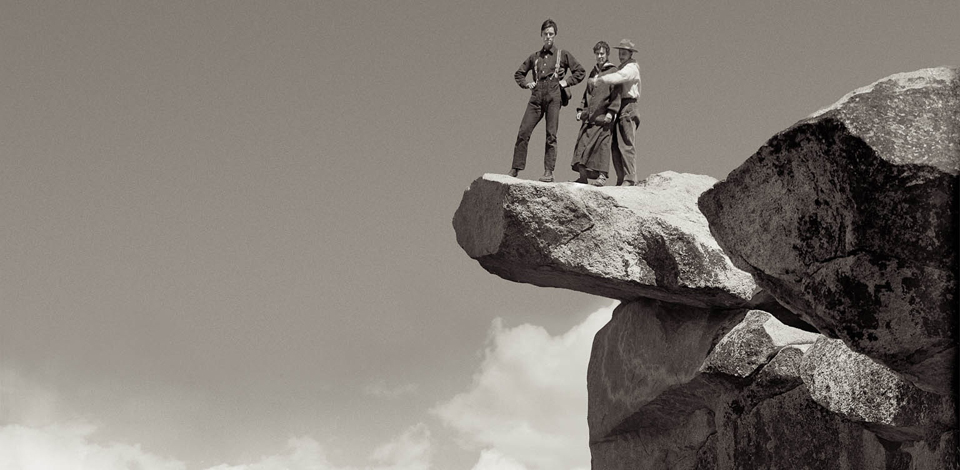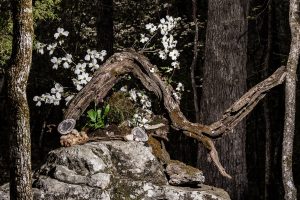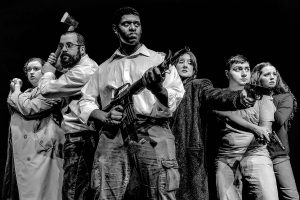LOST & FOUND: Tim O’Brien resurrects forgotten photographs

By Kody Ford
Tim O’Brien believes in sharing. Whether it is a recipe or negatives of photographs over a 100 years old, he’ll do what he can to make sure that the public can enjoy it. Such is the case with a box of glass plate negatives of one of America’s notable geographic regions.
Inspired by the restoration of his 1915 Arts and Crafts home, Tim has pursued the restoration of photographs as a hobby for several years ever since inheriting several T.J. Hileman photos of Glacier National Park from his grandfather, Frank O’Brien, who was a ranger at the park in the early 1920’s.
The 19 lbs of 6” x 8” glass plates he won were of Yosemite National Park, although it had yet to achieve such status at the time the photos were taken. The park has long been the subject of photographers, most notably Ansel Adams in the 1920s. The negatives had been found in the basement of a southern Californian home that was being readied for sale and little was known of their origin other than the date of 1915 and the initials U.D. written alongside the title on each image’s envelope. Research to determine who U.D. might be so far has proved unsuccessful.
“These negatives have a beauty that should be shared, especially since they are of one of America’s most picturesque parks,” Tim said. “[S]eeing that they had scratches, dust, dirt, emulsion issues, I was faced with either learning to restore the images myself or pay someone else to do the work. My first inclination was to learn Photoshop and what I couldn’t learn, I would outsource.”
He enlisted the help of John Blakney of Visual Database Services in converting the glass negative images to digital, at which point they worked on cleaning up the images. Blakney then printed the images on archival paper and Tim enlisted Hillcrest Gallery to mat and frame them using archival mat and conservation glass.
“Restoring negatives is a process that can’t be rushed,” Tim said. “We have the tools [like] digital cameras, Photoshop software, state-of-the-art printers at our disposal to do many wonderful things with the damaged negatives. The condition of the negative plays a major factor in whether to even undertake a restoration project. Did the photographer use a quality lens when the image was photographed? Was the negative properly stored away from heat, light, moisture, etc.? The trick is pulling all of these resources together to reach a goal – a print that you can be proud to show off.”
Tim feels that the project has historic significance.
“While the images are captured for eternity, the physical landmarks are subject to change. Buildings come and go, rivers disappear or are damned up, etc. These are moments in history captured on glass.”
The images can be viewed at Gallery 360, located at 900 S. Rodney Parham Road in Little Rock, until the end of March. Tim had discussed stained glass with Jay King, owner of Gallery 360, and the possibility of a show arose. The exhibit opened on March 1.
Tim’s plans to work with his brother Pat to build a website to tell the story of the negatives and share the images with the public, which he hopes could lead to someone recognizing the images or U.D. initials and be able to tell identify the photographer and fill in the gaps.
Tim says, “Uncovering images taken close to 100 years ago is akin to discovering a shipwreck’s treasure. You know you have found something extraordinary but it requires time, patience and expertise to restore the objects to their former glory.”
Click on the pics below to launch a gallery of some of the images. Also included are some photographs of Paris in the early 20th century.
[AFG_gallery id=’20’]



Comments